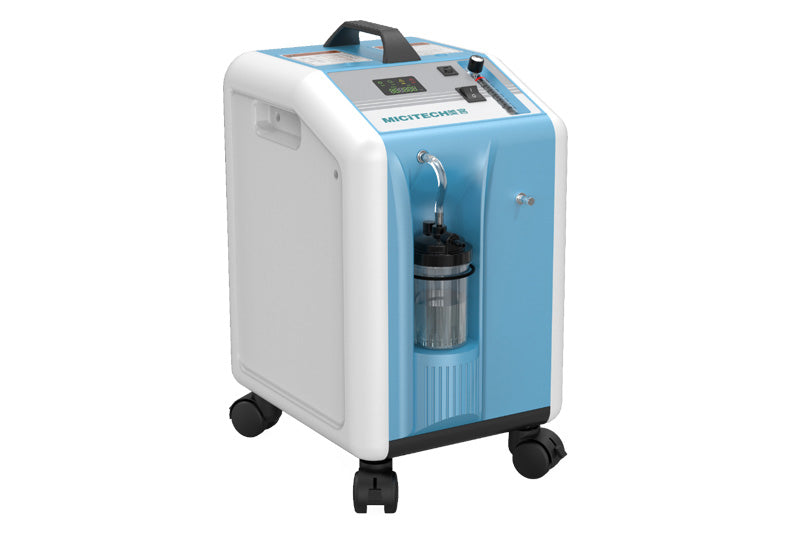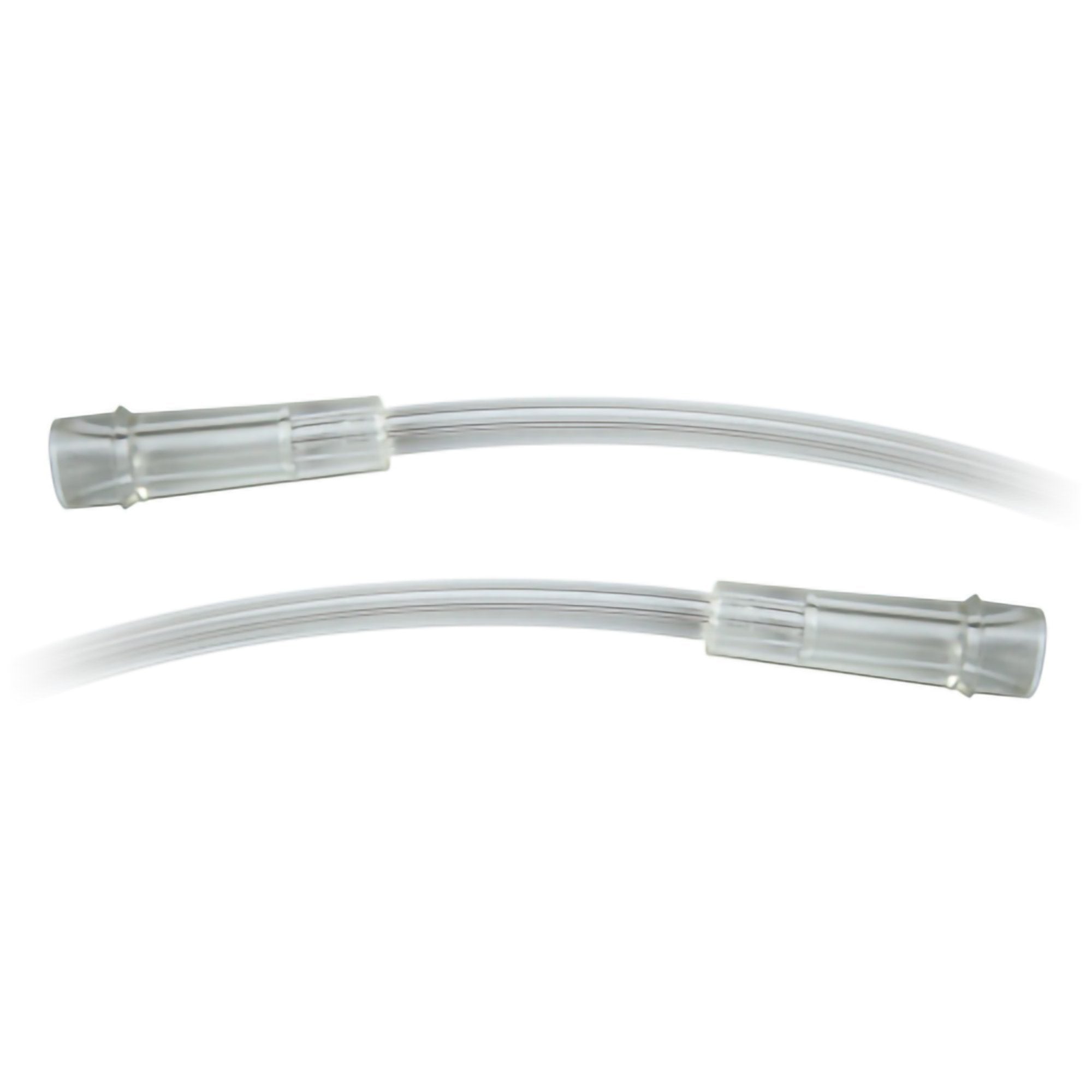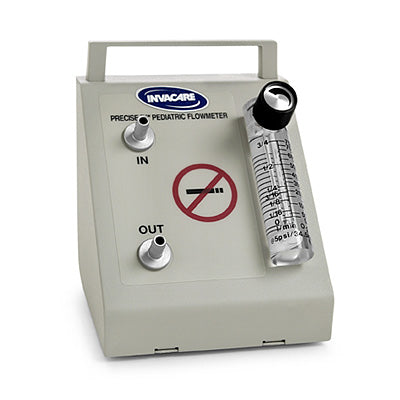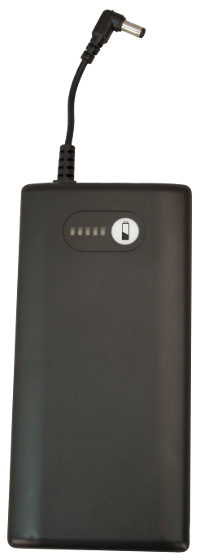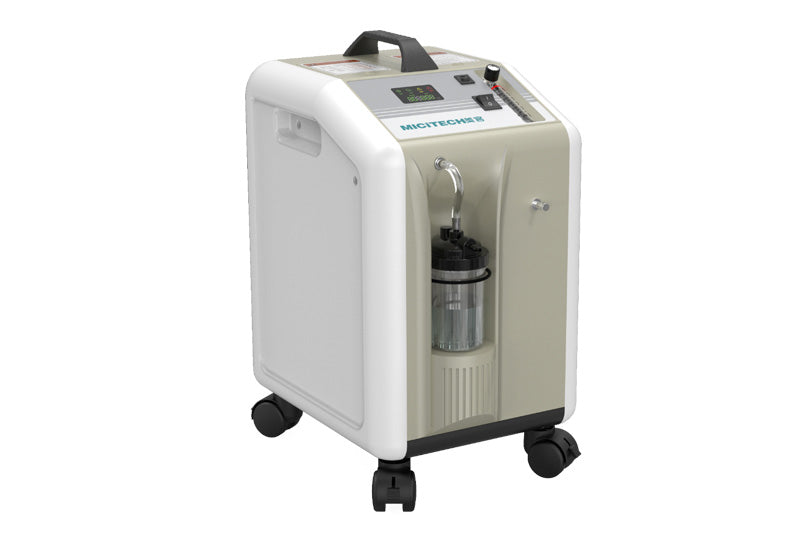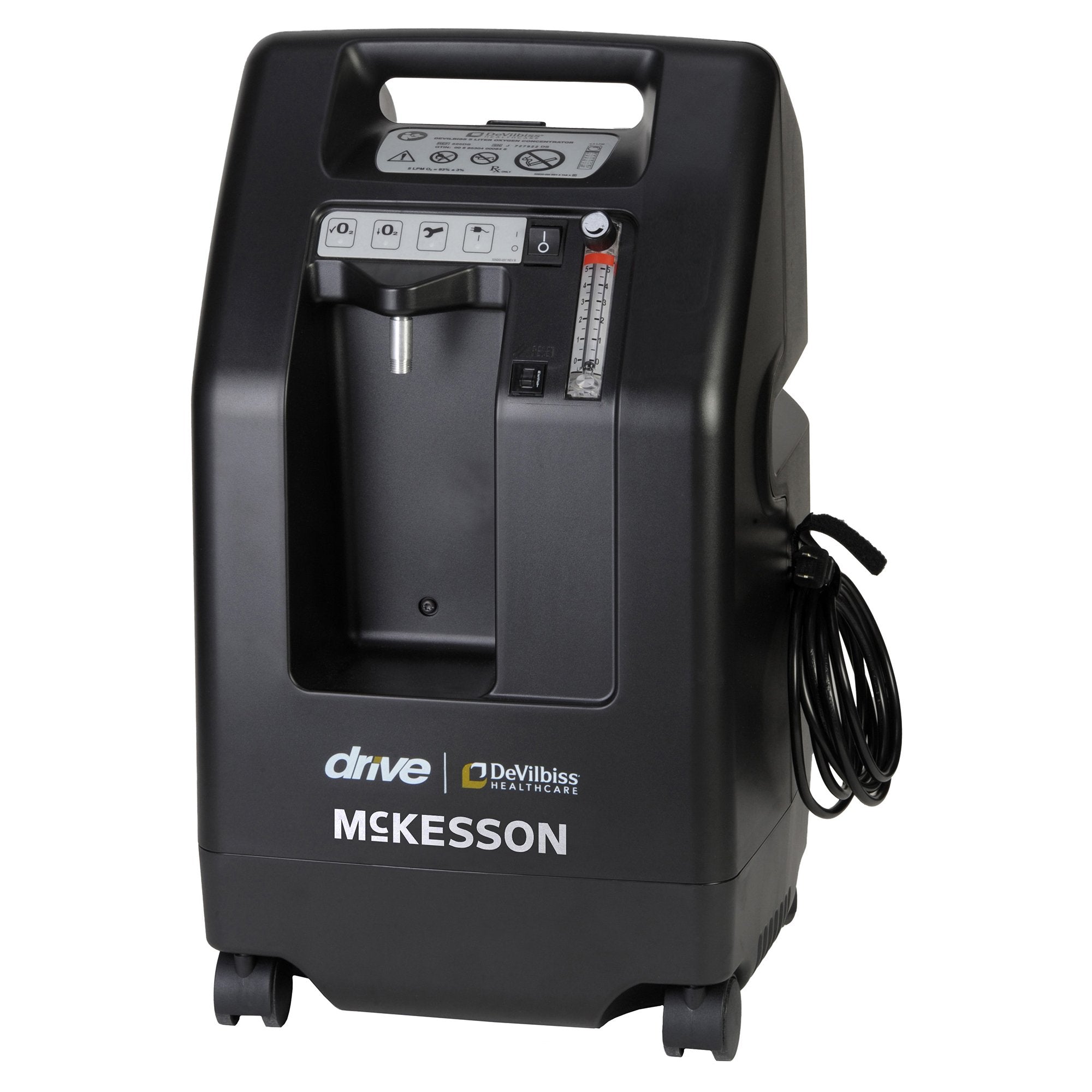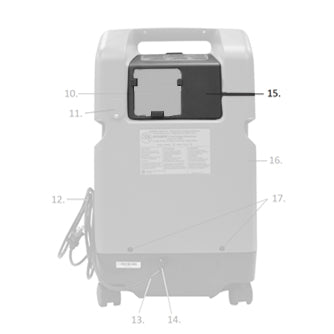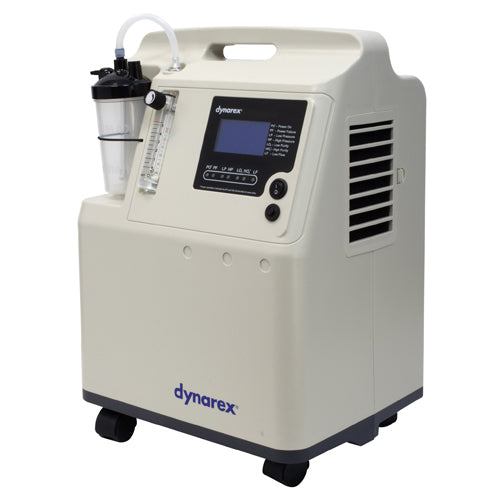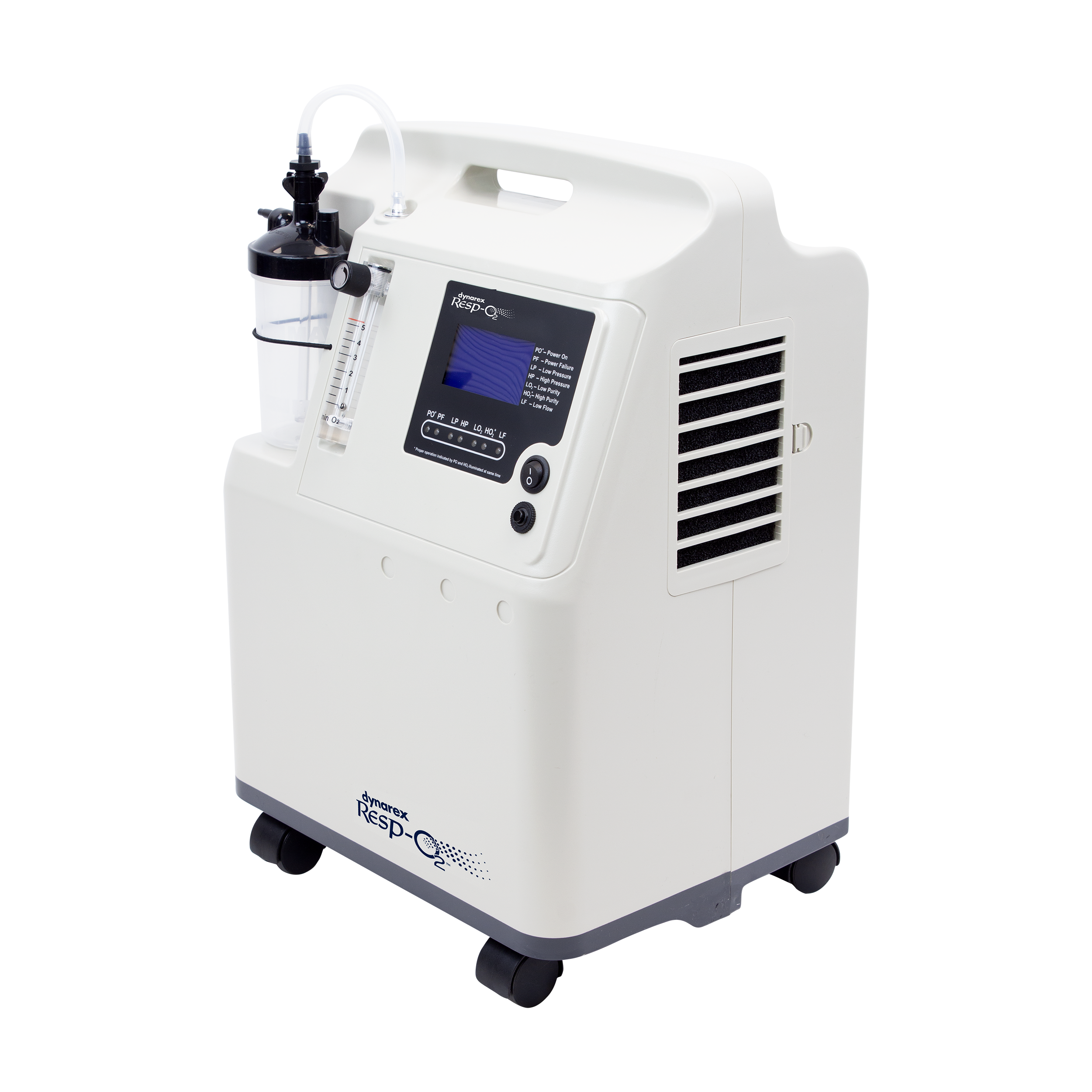Oxygen Concentrators & Filters
10 products
Showing 1 - 10 of 10 products
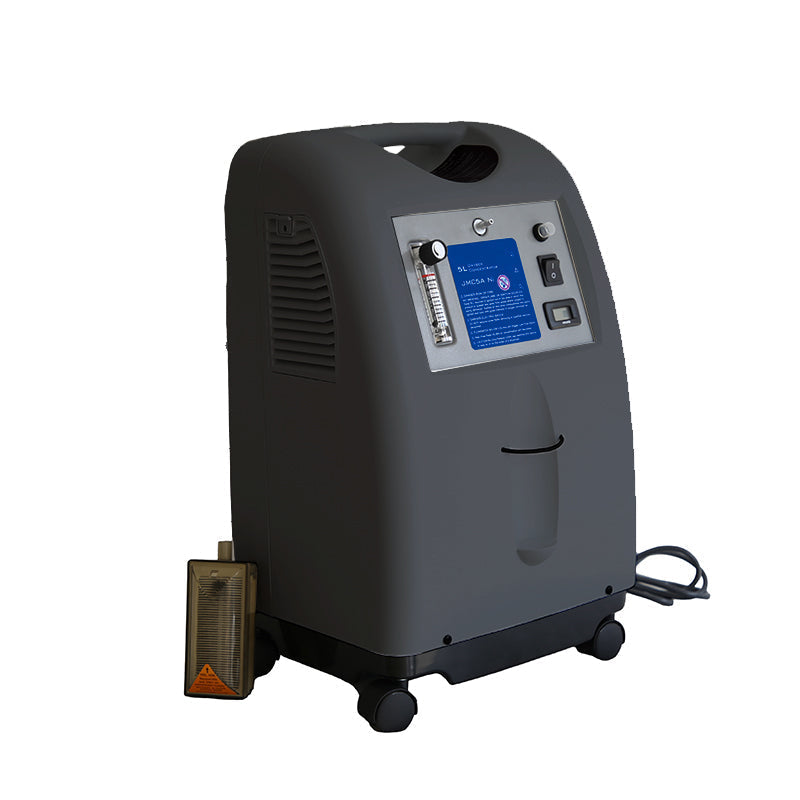
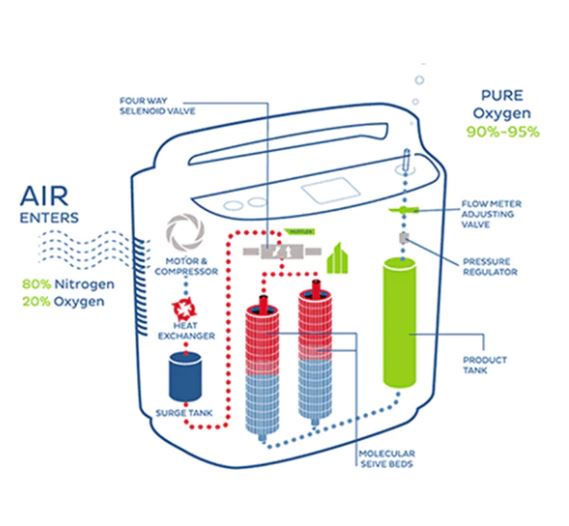
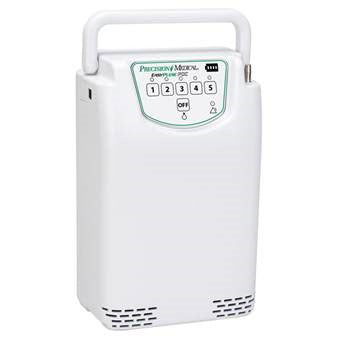
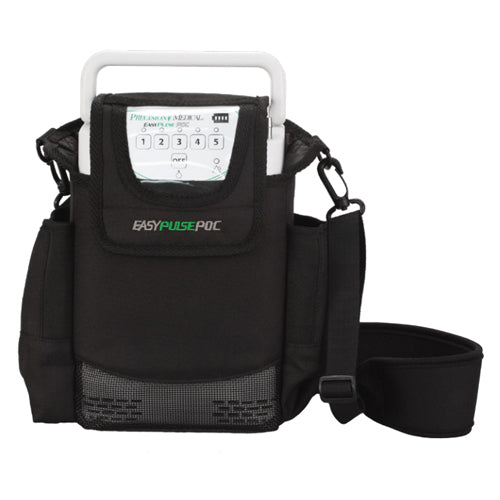
EasyPulse
Easypulse Portable Oxygen Concentrator 5 LiterBest Portable Oxygen Concentrator, Home Oxygen Concentrator & Oxygen Filters for Respiratory Care
At All Care Store, our Oxygen Concentrators & Filters collection is curated to meet both home‑care and on‑the‑go oxygen‑therapy needs. Whether you require a stable home oxygen concentrator for round‑the‑clock therapy, or a lightweight portable oxygen concentrator for travel and mobility, we offer machines designed to deliver clean, concentrated oxygen. Our range also includes replacement filters and parts to ensure optimal performance and long‑term reliability of your oxygen equipment.
Why Oxygen Concentrators Are Essential for Respiratory Support?
For individuals managing breathing challenges, Oxygen Concentrators offer a safe and dependable oxygen supply without the need for heavy cylinders. These machines extract oxygen from surrounding air, delivering concentrated oxygen directly to the user. This process ensures an uninterrupted flow without the risk of running out of oxygen during therapy.
Modern oxygen concentrator machines are equipped with stable output systems, safety alarms, and user-friendly controls that make daily oxygen therapy more manageable. Whether used at home or in medical environments, these machines allow patients to breathe easier and maintain better activity levels throughout the day.
Types of Oxygen Concentrators Available in This Collection
Our Oxygen Concentrators & Filters collection supports both stationary and mobile oxygen needs with purpose-built designs.
Portable Oxygen Concentrators for Travel & Mobility
A portable oxygen concentrator is ideal for individuals who lead active lives and require oxygen on the move. These lightweight machines operate on rechargeable batteries and allow users to travel, shop, and exercise while maintaining proper oxygen levels. Portable oxygen concentrators provide freedom without interrupting therapy.
Oxygen Concentrator for Home Use and Continuous Therapy
An oxygen concentrator for home is designed for patients who require extended or round-the-clock oxygen support. These machines deliver stable oxygen flow for daily breathing assistance and are suitable for bedrooms, living spaces, and recovery rooms. Quiet operation and consistent output make them ideal for long-term therapy.
Oxygen Filters for Clean & Safe Oxygen Output
Oxygen filters protect both the user and the oxygen concentrator machine. These filters block dust, pollutants, and airborne particles from entering the machine, ensuring clean oxygen delivery and protecting internal components from damage.
Benefits of Using Oxygen Concentrators Instead of Cylinders
Switching to Oxygen Concentrators offers several practical advantages over traditional oxygen cylinders:
- Unlimited oxygen supply without refilling
- Safer operation without high-pressure storage
- Lower long-term operating costs
- Improved convenience for daily therapy
- Better support for active and mobile users
- Consistent oxygen purity and flow
Patients benefit from peace of mind knowing their oxygen therapy is continuous and uninterrupted.
How Oxygen Filters Improve Machine Performance
Oxygen filters play a critical role in maintaining healthy performance of your Oxygen Concentrators. These filters ensure that only clean air enters the compression system. Over time, clogged or dirty filters can reduce airflow, overheat the machine, and compromise oxygen purity.
- Regularly replacing oxygen filters helps:
- Maintain consistent oxygen flow
- Improve machine efficiency
- Extend equipment lifespan
- Reduce system strain
- Ensure safe breathing conditions
- Routine filter maintenance supports long-term reliability and patient safety.
How to Choose the Right Oxygen Concentrator Machine?
Choosing between available Oxygen Concentrators depends on your medical needs and lifestyle. For users who remain mostly indoors, a home oxygen concentrator with higher flow capacity is the most suitable option. Active users and travelers benefit from portable oxygen concentrators that offer battery-powered mobility.
Key factors to consider:
- Prescribed oxygen flow rate
- Daily usage hours
- Weight and portability needs
- Power backup availability
- Noise level and comfort
- Access to replacement oxygen filters
- Selecting the right machine ensures better therapy results and improved daily comfort.
Explore more: Medication Management | IV Supplies | Tongue Depressors | Laxatives, Enemas & Suppositories
Why Buy Oxygen Concentrators & Filters from All Care Store?
At All Care Store, our Oxygen Concentrators & Filters collection is chosen for dependable performance, easy maintenance, and patient-friendly design. Every oxygen concentrator machine and oxygen filter is selected to support uninterrupted respiratory care for home users and medical environments alike.
By focusing on safety, durability, and comfort, we help patients, caregivers, and healthcare providers manage oxygen therapy with confidence and peace of mind.
Frequently Asked Questions
1. What are Oxygen Concentrators used for?
Oxygen Concentrators provide concentrated oxygen to patients with breathing difficulties, low oxygen levels, and chronic respiratory conditions.
2. Is a portable oxygen concentrator suitable for daily use?
Yes, portable oxygen concentrators are designed for daily therapy and are ideal for users who need mobility along with consistent oxygen delivery.
3. How often should oxygen filters be replaced?
Oxygen filters should be cleaned regularly and replaced as recommended to maintain clean oxygen output and protect the oxygen concentrator machine.
4. Is an oxygen concentrator for home better than oxygen cylinders?
An oxygen concentrator for home offers continuous oxygen without refills, making it more convenient, safer, and cost-effective for long-term therapy.
5. Does every oxygen concentrator machine need filters?
Yes, every oxygen concentrator machine requires filters to remove dust and impurities before air is converted into concentrated oxygen.
6. Are Oxygen Concentrators safe for long-term home use?
Yes, Oxygen Concentrators are designed for safe long-term use when operated according to medical guidance and proper maintenance routines.

